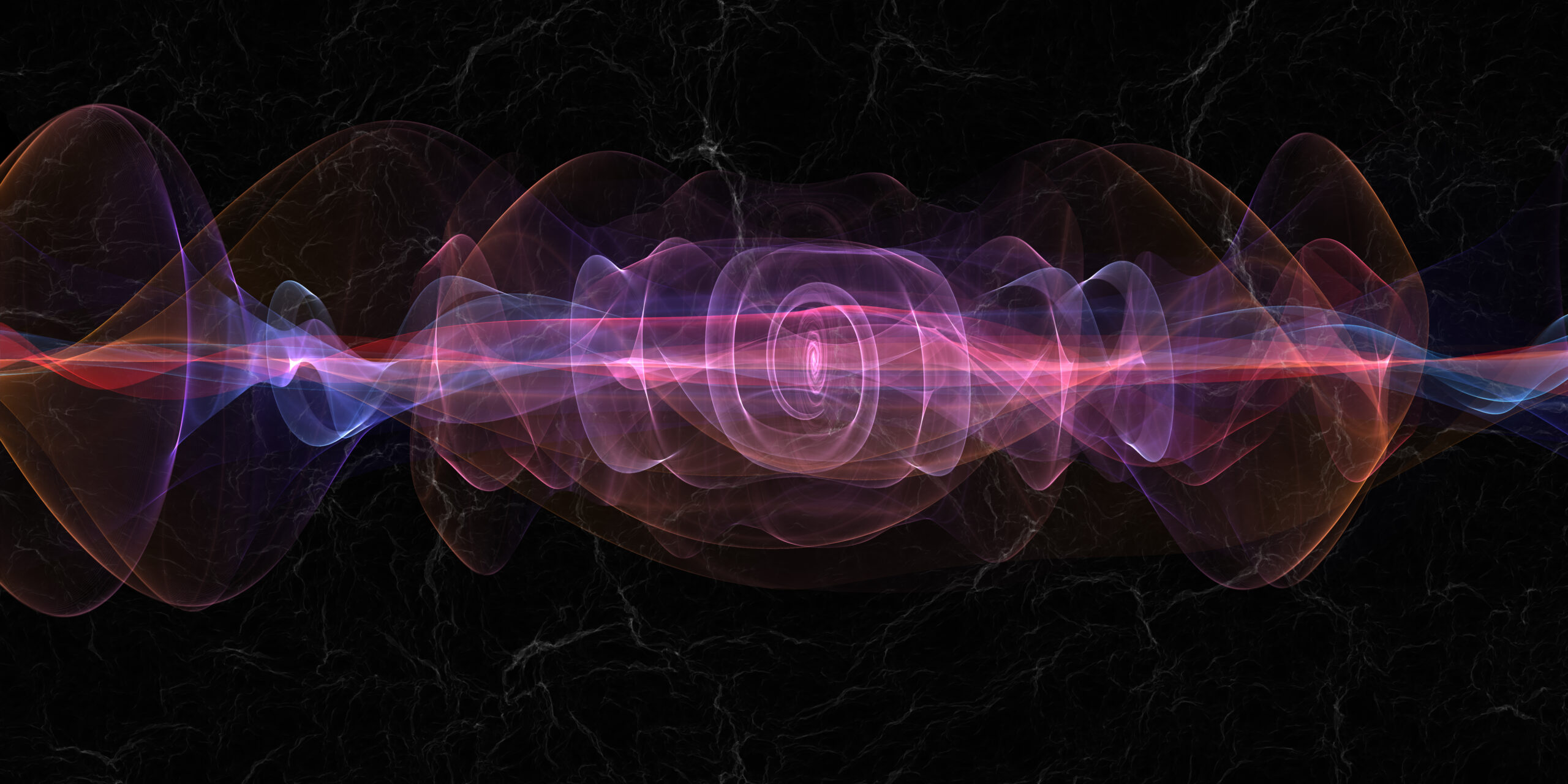
Can We Really Hear Sounds in Space?
Space is often described as a silent vacuum, a place where sound can’t travel. But then how do we hear recordings of “space sounds” shared by NASA or in sci-fi movies? Can sound truly exist in the vast emptiness beyond Earth?
This question isn’t just about physics — it’s about how we interpret reality in an environment that defies our earthly expectations. Let’s explore whether sound really travels in space, and what we’re actually hearing when scientists say they’ve captured “the sounds of the cosmos.”
Can Sound Exist Beyond Earth’s Atmosphere?
Let’s look at what science says about sound in space — and what we mean when we talk about hearing it:
Sound Needs a Medium
Sound is a mechanical wave — it needs a medium (like air, water, or metal) to travel through. In a vacuum, there are no molecules to carry the vibrations.
This has a few critical implications:
- True sound cannot travel through empty space.
- Space is almost entirely a vacuum — so traditional sound can’t exist between stars.
- This is why astronauts need radios to talk during spacewalks.
- There’s no atmospheric medium for sound waves to propagate like they do on Earth.
But Plasmas Can Carry Vibrations
While most of space is a vacuum, some regions — like those near planets, stars, or gas clouds — contain plasma, a state of matter that can support wave activity.
This means:
- Electromagnetic and pressure waves can pass through plasma environments.
- These waves aren’t “sound” until they’re converted into audio signals.
- Spacecraft like Voyager and Juno can detect these waves with special instruments.
- NASA converts the data into sound using a process called “sonification.”
Sonified Space Sounds Are Real — But Not Sound
When NASA shares eerie “space sounds,” they’re really translating data into sound humans can hear.
Here’s how it works:
- Electromagnetic or plasma wave frequencies are recorded by spacecraft instruments.
- The frequencies are shifted into the human hearing range (20 Hz to 20,000 Hz).
- These are then played as audio, creating tones, whooshes, and pulses.
- They represent real phenomena — just not recorded with a microphone.
You Can Hear Inside a Spacecraft
While you can’t hear between stars, sound does exist inside spacecraft, where air is present.
This includes:
- Voices of astronauts speaking and communicating.
- Mechanical sounds from fans, pumps, and equipment.
- Knocking, tapping, or vibrations if something hits the hull.
- These sounds behave as they do on Earth — because there’s air inside the spacecraft.
Some Celestial Bodies “Ring”
Certain astronomical objects respond to disturbances by producing vibrations. Planets like Saturn and even stars can “ring” with internal oscillations.
Here’s why this is fascinating:
- These vibrations can be detected as shifts in light or gravity fields.
- Helioseismology studies the internal “sound waves” of stars like our Sun.
- Saturn’s rings have revealed gravitational wave patterns that suggest planetary vibrations.
- These are not audible sounds — but they tell us about the internal structure of objects.
The Backstory of Listening to Space
For centuries, space was thought to be completely silent. But in the 20th century, scientists began developing instruments to “listen” to electromagnetic waves and vibrations in other forms.
NASA’s Voyager missions captured plasma wave data in the 1970s that later became famous for their eerie sounds. Today, sonification is a growing field — used not just for scientific data but also for artistic and educational purposes.
Why It’s So Intriguing
The idea of sound in space taps into our sense of wonder — hearing brings an emotional, immersive layer to science. Even if space is silent in the traditional sense, the data we’ve turned into sound reveals a universe that pulses, shifts, and vibrates with unseen rhythms.
It also challenges how we define “sound” — showing that even silence can carry information if we know how to listen.
What Most People Don’t Know
Here are some fascinating facts about the sounds — or not-sounds — of space:
- Jupiter’s magnetosphere produces plasma waves that sound like howling wind when sonified.
- Black hole mergers create gravitational waves that have been converted into audio chirps.
- Sonification is used for exoplanet discovery, turning light curve data into melodies.
- Scientists sometimes use sound in data analysis because the ear can detect subtle patterns the eye misses.
Bonus Fact
NASA’s “Sounds of Space” recordings have inspired music, video games, and even relaxation apps — proving that even silence can have a soundtrack.
Takeaway
No, you can’t hear a scream in space — but the universe isn’t entirely silent either. Through sonification and clever science, we’ve found ways to listen to the cosmos and uncover secrets hidden in plasma waves, gravity fields, and distant data points.
In space, sound might not travel — but it still speaks volumes.